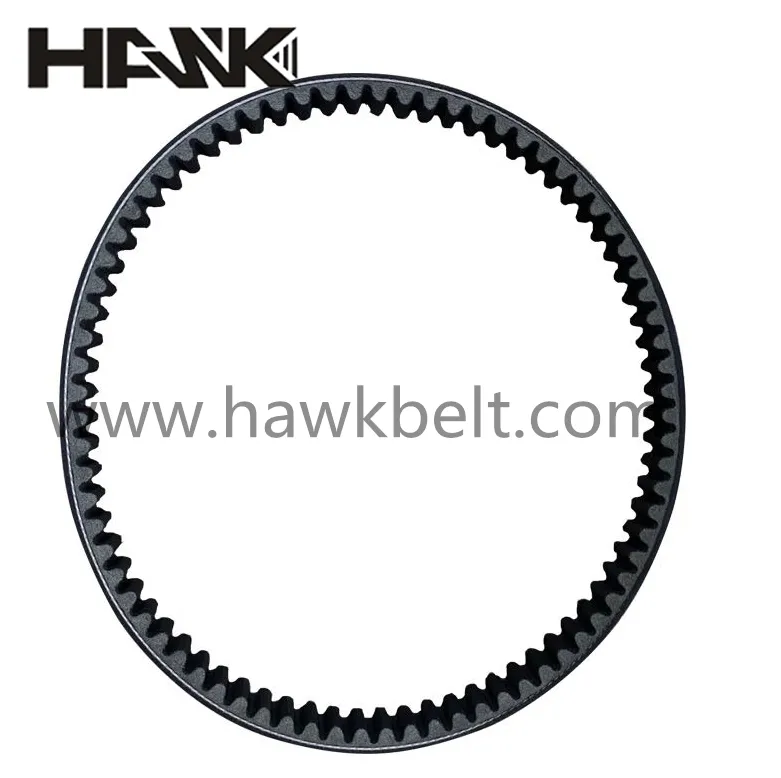- Arabic
- French
- Russian
- Spanish
- Portuguese
- Turkish
- Armenian
- English
- Albanian
- Amharic
- Azerbaijani
- Basque
- Belarusian
- Bengali
- Bosnian
- Bulgarian
- Catalan
- Cebuano
- Corsican
- Croatian
- Czech
- Danish
- Dutch
- Afrikaans
- Esperanto
- Estonian
- Finnish
- Frisian
- Galician
- Georgian
- German
- Greek
- Gujarati
- Haitian Creole
- hausa
- hawaiian
- Hebrew
- Hindi
- Miao
- Hungarian
- Icelandic
- igbo
- Indonesian
- irish
- Italian
- Japanese
- Javanese
- Kannada
- kazakh
- Khmer
- Rwandese
- Korean
- Kurdish
- Kyrgyz
- Lao
- Latin
- Latvian
- Lithuanian
- Luxembourgish
- Macedonian
- Malgashi
- Malay
- Malayalam
- Maltese
- Maori
- Marathi
- Mongolian
- Myanmar
- Nepali
- Norwegian
- Norwegian
- Occitan
- Pashto
- Persian
- Polish
- Punjabi
- Romanian
- Samoan
- Scottish Gaelic
- Serbian
- Sesotho
- Shona
- Sindhi
- Sinhala
- Slovak
- Slovenian
- Somali
- Sundanese
- Swahili
- Swedish
- Tagalog
- Tajik
- Tamil
- Tatar
- Telugu
- Thai
- Turkmen
- Ukrainian
- Urdu
- Uighur
- Uzbek
- Vietnamese
- Welsh
- Bantu
- Yiddish
- Yoruba
- Zulu
Avq . 20, 2024 19:19 Back to list
Timing Belt Maintenance for Renault Vehicles Essential Guide and Tips
Understanding Timing Belts for Renault Vehicles
The timing belt is a critical component in the engine of any vehicle, including those produced by Renault. It plays a pivotal role in ensuring the smooth operation of the engine by synchronizing the rotation of the crankshaft and camshaft. Given the complexity of modern engines, understanding the importance and maintenance of the timing belt for Renault vehicles is essential for any car owner or enthusiast.
What is a Timing Belt?
A timing belt is a rubber band-like structure that is reinforced with fibers for added strength. It is designed to withstand high levels of tension and heat, allowing it to perform reliably over time. The primary function of a timing belt is to maintain the correct timing of the engine's valves, ensuring they open and close in sync with the engine's pistons. This synchronization is vital for the engine's performance, efficiency, and longevity.
Importance of the Timing Belt
For Renault vehicles, as with any car, a properly functioning timing belt is crucial. If the timing belt breaks or slips, the engine can suffer severe damage. In many cases, this can lead to a catastrophic failure known as “engine interference,” where the pistons strike open valves, resulting in costly repairs. Regular maintenance and timely replacement of the timing belt can prevent such issues.
Recommended Replacement Schedule
Renault owners should be aware of the manufacturer’s recommended replacement intervals for the timing belt. Typically, it is advised to replace the timing belt every 60,000 to 100,000 kilometers, although this can vary based on the specific model and engine type. Always consult the owner’s manual for precise recommendations. Factors such as driving conditions, climate, and maintenance history can also influence how often the timing belt should be replaced.
timing belt for renault

Signs of a Worn Timing Belt
Car owners should be vigilant for signs that their timing belt may be wearing out. Common indicators include
1. Engine Misfiring If the belt is not properly synchronizing the camshaft and crankshaft, the engine may misfire or run unevenly. 2. Unusual Noises A squeaking or ticking sound from the engine area can indicate that the timing belt or associated components are worn. 3. Check Engine Light If the vehicle’s diagnostic system detects issues with timing, it may trigger the check engine light.
If any of these signs are noticed, it is crucial to have the vehicle inspected by a qualified mechanic as soon as possible.
DIY vs. Professional Replacement
Replacing a timing belt is a complex job that requires mechanical knowledge and experience. While some enthusiastic DIYers might attempt this task, it is generally recommended to have the work performed by a professional mechanic, particularly for Renault vehicles. This ensures that the installation is done correctly, maintaining the intricate timing required for optimal engine performance.
Conclusion
The timing belt is a vital component of Renault engines, and understanding its function, maintenance schedule, and signs of wear can save owners from costly repairs and ensure the vehicle operates smoothly. Regular checks and adherence to manufacturer guidelines for replacement can enhance the longevity of any Renault vehicle. As part of responsible car ownership, paying attention to the timing belt and addressing any issues promptly will help maintain engine performance and reliability. Whether you own a Clio, Megane, or any other Renault model, staying informed about your vehicle’s timing belt is key to a trouble-free driving experience.
-
Korean Auto Parts Timing Belt 24312-37500 For Hyundai/Kia
NewsMar.07,2025
-
7PK2300 90916-T2024 RIBBED BELT POLY V BELT PK BELT
NewsMar.07,2025
-
Chinese Auto Belt Factory 310-2M-22 For BMW/Mercedes-Benz
NewsMar.07,2025
-
Chinese Auto Belt Factory 310-2M-22 For BMW/Mercedes-Benz
NewsMar.07,2025
-
90916-02660 PK Belt 6PK1680 For Toyota
NewsMar.07,2025
-
drive belt serpentine belt
NewsMar.07,2025

